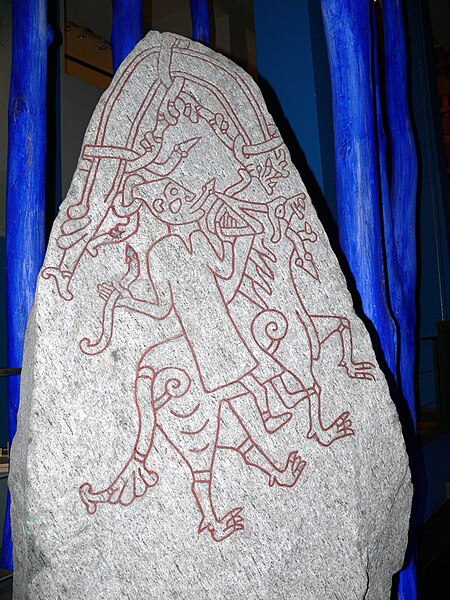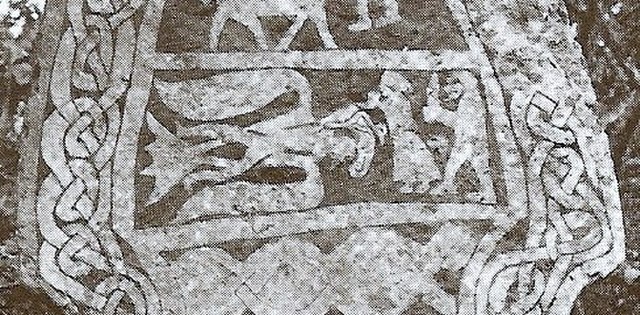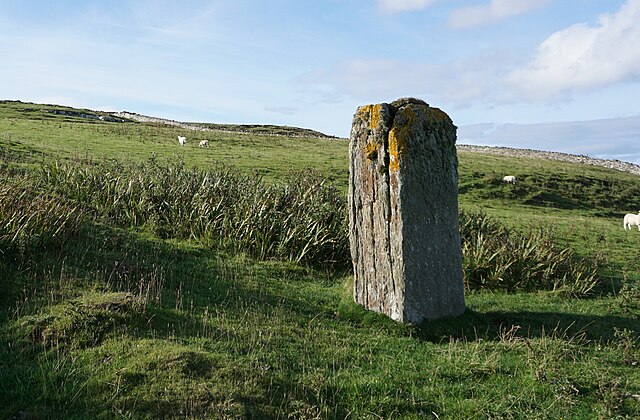In Norse mythology, Þjazi was a jötunn. He was a son of the jötunn Ölvaldi, brother of Iði and Gangr, and the father of Skaði. His most notable misdeed was the kidnapping of the goddess Iðunn, which is related in both the Prose Edda and the skaldic poem Haustlöng.
Iðunn is carried off by Þjazi in this artwork by Harry George Theaker, 1920.
He flapped away with her, magic apples and all (1902) by Elmer Boyd Smith.
Þjazi stops the Æsir from boiling food in this illustration from an 18th-century Icelandic manuscript.
Another depiction of Þjazi as an eagle, carrying away Loki.
A jötunn is a type of being in Germanic mythology. In Norse mythology, they are often contrasted with gods and other non-human figures, such as dwarfs and elves, although the groupings are not always mutually exclusive. The entities included in jötunn are referred to by several other terms, including risi, þurs and troll if male and gýgr or tröllkona if female. The jötnar typically dwell across boundaries from the gods and humans in lands such as Jötunheimr.
10th-century picture stone from the Hunnestad Monument that is believed to depict a gýgr riding on a wolf with vipers as reins, which has been proposed to be Hyrrokkin.
The Gotlandic image stone Stora Hammars III is believed to depict Odin in the form of an eagle (note the eagle's beard), Gunnlöð holding the mead of poetry, and Suttungr.
The Yetnasteen - a standing stone in Rousay in Orkney, held in local folklore to be a giant or jötunn that has been turned to stone.







